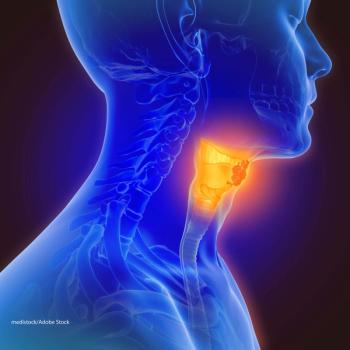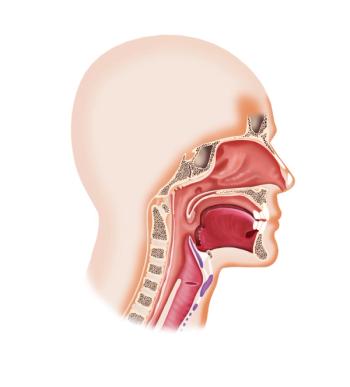
Recurrence of Head and Neck Cancer Associated With PD-L1 Expression
A new study is suggesting there may be an association with high tumor levels of the protein PD-L1 and head and neck disease recurrence.
It may be possible to identify earlier rather than later which patients with head and neck squamous cell carcinoma (HNSCC) negative for human papillomavirus (HPV) will suffer recurrence following radiation therapy.
A new study
Radiation helps form the backbone of curative treatment of HPV-negative HNSCC. However, 30% to 50% of patients go on to have local disease recurrence and ultimately die from their disease following this treatment, note the authors.
In this study, researchers focused on identifying and validating targetable biomarkers to potentially improve survival for patients with HPV-negative HNSCC. The researchers identified proteins whose levels were increased in an HPV-negative HNSCC cell line made resistant to radiation compared with the original cell line. Among the proteins whose levels increased the most were PD-L1, AXL, and PI3K pathway proteins.
Further analysis of additional HPV-negative HNSCC cell lines showed that PD-L1 levels correlated with AXL and PI3K signaling. In addition, inhibition of either AXL or PI3K using two different methods decreased PD-L1 levels. The in vitro observation that PD-L1 levels correlated with AXL and PI3K signaling was confirmed in samples from two cohorts of 68 patients and 97 patients.
In univariate analysis using three different methods to analyze PD-L1 levels in three different cohorts, 3-year locoregional recurrence rates were 60%, 70%, and 50% for tumors with high levels of PD-L1 compared with 20%, 25%, and 20% for tumors with low levels of PD-L1. The association between PD-L1 levels and locoregional recurrence of disease remained statistically significant in multivariate analysis.
“We were excited to identify and validate PD-L1 as a biomarker of poor outcomes following radiation for patients with HPV-negative HNSCC,”
The team was surprised by the magnitude of the difference in outcomes between patients with high and low PD-L1 levels. Infection with certain types of HPV can cause some cases of HNSCC, but many cases are HPV-negative and patients with this form of the disease have particularly poor outcomes following treatment, according to Skinner.
Overall, the data from this current study suggest Axl-PI3 kinase-PD-L1 axis is highly associated with radiation resistance and appears to be targetable.
Newsletter
Stay up to date on recent advances in the multidisciplinary approach to cancer.





